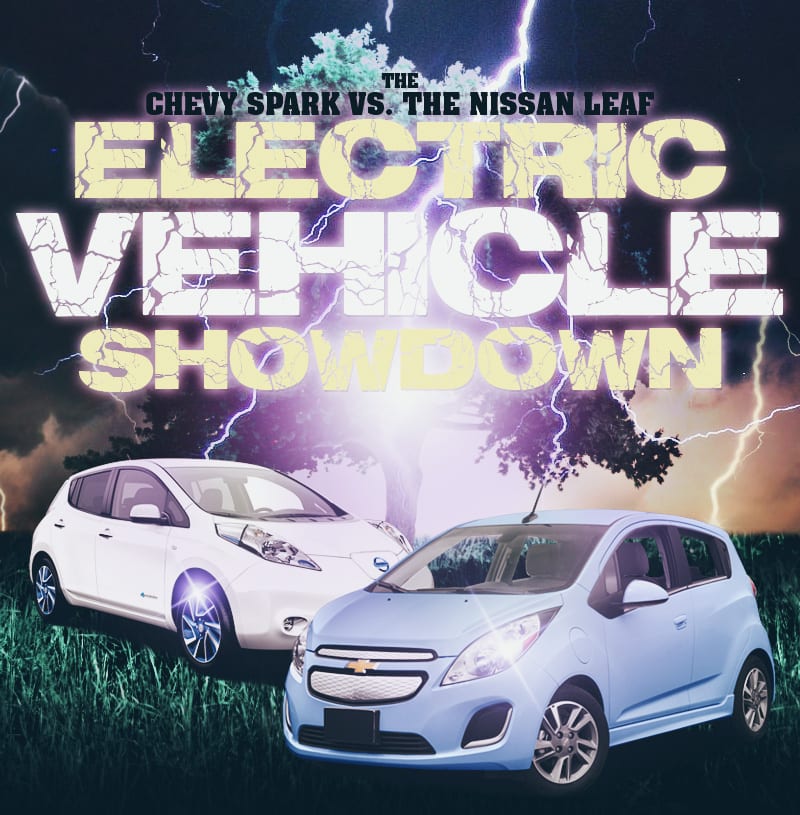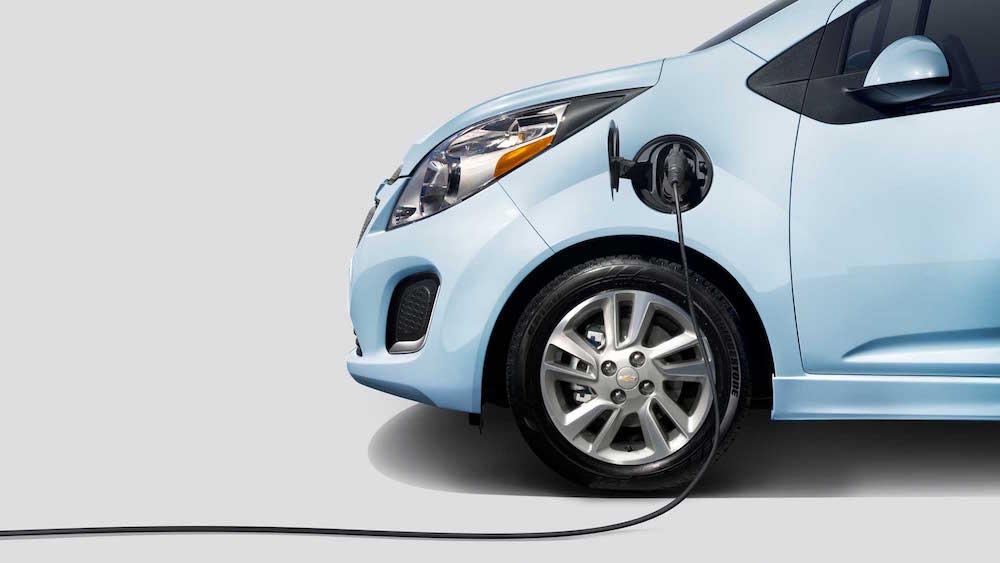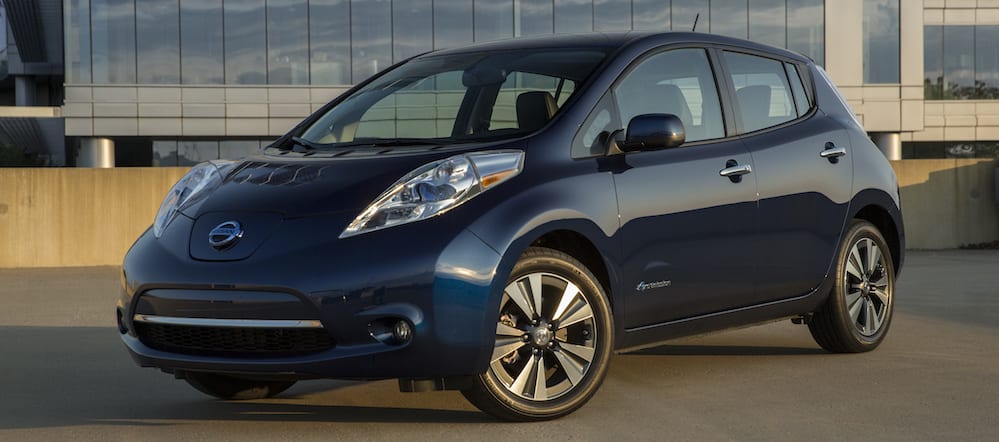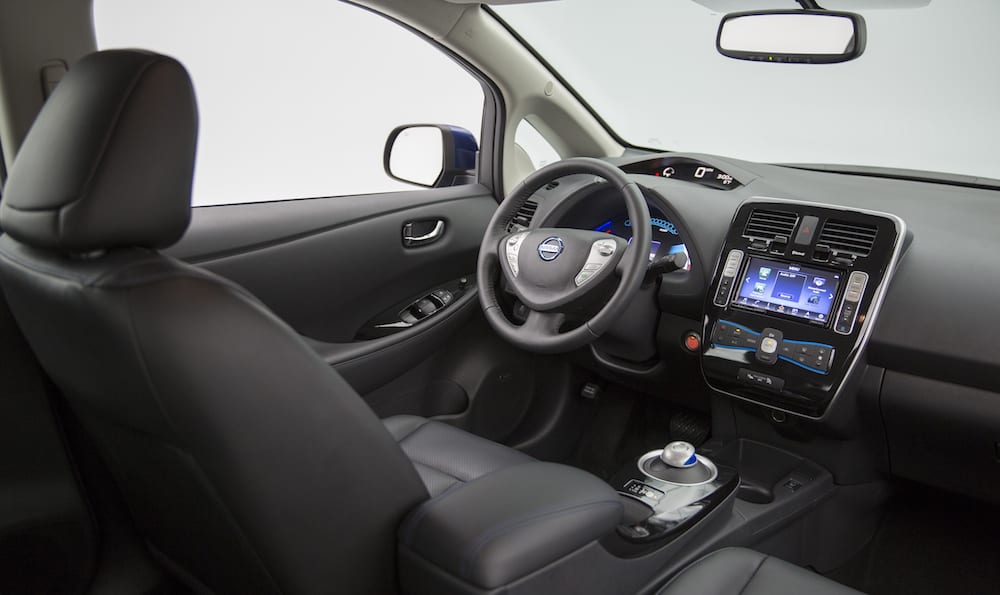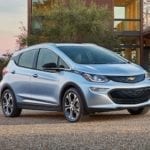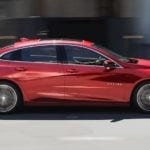The world of electric vehicles has been growing slowly since its real start in the late 1990s, but has undeniably begun to accelerate much more rapidly in the past few years. With each passing year, consumers are given more and more hybrid and fully-electric options, thanks in part to advancing technology that make regular driving much more achievable for an electric vehicle, and in part because of rising restrictions on emissions and rising gas prices.
Consumers who otherwise would have no problem choosing the 2016 Chevy Camaro are thinking twice about fuel consumption and emissions, and might want something different. The public is demanding more efficient vehicles but doesn’t want to give up on performance – and some companies are more than willing to respond.
Take, for example, the Chevy Spark EV, Chevy’s 2015 model electric vehicle based on their hybrid Spark model. For comparison, there is the comparable 2016 Nissan Leaf which represents Nissan’s most recent attempt at an electric vehicle. Each offer a similar balance of efficiency and performance sure to impress any electric-vehicle junkie, and so here’s a comparison between these two leading EV models to help you determine which would better meet your needs.
It’s Electric, Baby
The Chevy Spark is an undeniably impressive little vehicle, with an amazing 82-mile range on a single charge. That’s fairly comparable to the Leaf, which offers an 84-mile range on a single charge at its base level, and up to 107 on its higher trim levels.
The two also have fairly comparable charging times, with each requiring several hours to charge on a regular household 120-volt charge. Each company offers consumers the option to have a 240-volt adapter installed at the customer’s home for an added fee, around a thousand dollars for the adapter and another thousand for installation and a warranty. With the 240-volt charger, the Spark can reach a full charge in seven hours, or about overnight.
The base-level Leaf, on the other hand, can top off with the 240V charger in just five hours. Both are also optionally compatible with the revolutionary new SAE Combo Fast-Charging stations, which can charge each battery to around 80 percent in about 20 minutes. Each model can also be pre-programmed to charge at certain times of the day – a good way for some owners to keep costs down by only charging during off-peak hours.
The Spark’s 19-kWh lithium-ion battery can also be charged through Chevy’s regenerative braking system, which can capture and store the kinetic energy generated during braking, going downhill, or coasting. This battery also offers liquid thermal conditioning to optimize performance even in extreme weather conditions, and with an eight-year, 100,000-mile warranty drivers can be confident in the Spark’s longevity during everyday use.
The Leaf, on the other hand, features a more powerful 24-kWh lithium-ion battery in its base S trim model to achieve an 84-mile electric range, while the higher SV and SL levels feature an impressive 30-kWh lithium-ion battery for an astounding 107-mile electric range. This battery is also charged by regenerative braking for extended range, and the Leaf even features a “B” mode that maximizes regenerative breaking for an even longer range.
Not An Ounce of Performance Lost
These impressively powerful electric vehicles don’t sacrifice driveability either. The Spark, with its 19-volt lithium-ion battery, can pump out 327 lb-ft of torque and over 130 horsepower and push out from zero to sixty mph in just 7.2 seconds while still maintaining an equivalent fuel efficiency of 119 miles per gallon combined.
While boasting a further electric range than the Spark, the Leaf actually comes second in fuel efficiency, with an estimated combined 114 MPGe at the base trim level and 101 MPGe at the higher trim levels, and capable of only 107 lb-ft of torque across the trim levels. While still impressive for an electric vehicle with the range and electric capabilities of the Leaf, it simply can’t match the Spark EV in performance.
A Look Inside
For a compact electric vehicle, the Nissan Leaf sure seems roomy. Boasting a total 92.4 cubic feet of passenger room and 300 ft of cubic cargo room with the back seats folded, the Leaf is big enough to handle all of your usual cargo loads. It even includes a handy hidden cargo well in the hatch to further increase cargo space and keep valuables hidden.
This slightly beats out the Spark EV, which features a still-impressive 86.3 cubic feet of passenger space and 23.4 cubic feet of cargo room with the back seats folded down. And while the Leaf advertises enough room to comfortably fit five passengers, the Spark only promises as much comfort for four.
Electric Tech
Despite all of the impressive trappings that come with having an electric vehicle with the kind of performance seen on these models, it is still 2015 and consumers still demand that new models include better technology and more methods of accessibility and connectivity.
For these models, that comes in the form of a touch-screen infotainment system. On the Spark, this is Chevy’s MyLink technology through the standard 7-inch diagonal high-resolution color touch-screen radio, which passengers can use to connect with a cell phone via Bluetooth or USB. From there, MyLink can stream your music, make hands-free calls and messages, or look up navigation with three free years of OnStar.
On the Leaf, this comes in the form of the Nissan Information System, with a standard five-inch touchscreen on the lower trim level S and a standard seven-inch touchscreen on all higher trim levels, with corresponding four-, six-, and seven speaker arrangements. This features many of the same connectivity trappings as the Spark for USBdevices and phones, but with SiruisXM streaming radio included for a 3-month trial subscription.
Total Connectivity… From Anywhere
Perhaps most impressive about these electric vehicles, at least tech-wise anyway, are their respective mobile connectivity apps, which allow drivers to connect with their vehicles through smartphone apps. For Chevy it’s the OnStar RemoteLink app, while for Nissan it’s the NissanConnect EV smartphone app.
Both of these apps offer a variety of remote features from remote key fob and starter service to updates on vehicle condition, charge level, navigation updates, climate control, and emergency signaling from the convenience of wherever your phone can connect to the internet. The fact that each of these vehicles feature this technology could signal that drivers can expect this kind of connectivity from all car makers in the near future.
Quiet As Ever, But With Unbelievable Acceleration
For each of these vehicles, the driver will be able to take advantage of one of electric vehicles’ most noticeable, and most useful, benefits: near-complete silence. Since the engines do not feature moving metal parts like a traditional gas engine, there is no revving or idling noise – just the sound of the wind blowing by. For those looking for a quieter ride than ever before, an electric vehicle like either of these is just the thing.
Because they’re so silent, however, you’ll probably be surprised the first few times you accelerate in either of these vehicles. Because there is no revving, there is essentially no delay between when you hit the pedal and when the car begins to move – meaning near-instantaneous acceleration from the electric motor. For those not expecting it, this immediate jolt of power could make you think you’re in a sports car rather than an electric one.
Between the Two, Go With The Spark
No matter what you’re looking for in an electric vehicle, these are two excellent choices. Each represents an exceptionally modern look at the electric vehicle and its place in the regular consumer market.
For your money, we recommend the Chevy Spark EV. While still boasting a comparable electric range to the Leaf and most of the same amenities, the Chevy offers better performance and more complete tech services. While the Leaf is slightly larger and requires less time to charge, we don’t think that makes it totally worth its $29,100 MSRP – at least, not over the $18,495 MSRP Spark EV. For your money, the Spark just seems like a better bet.
